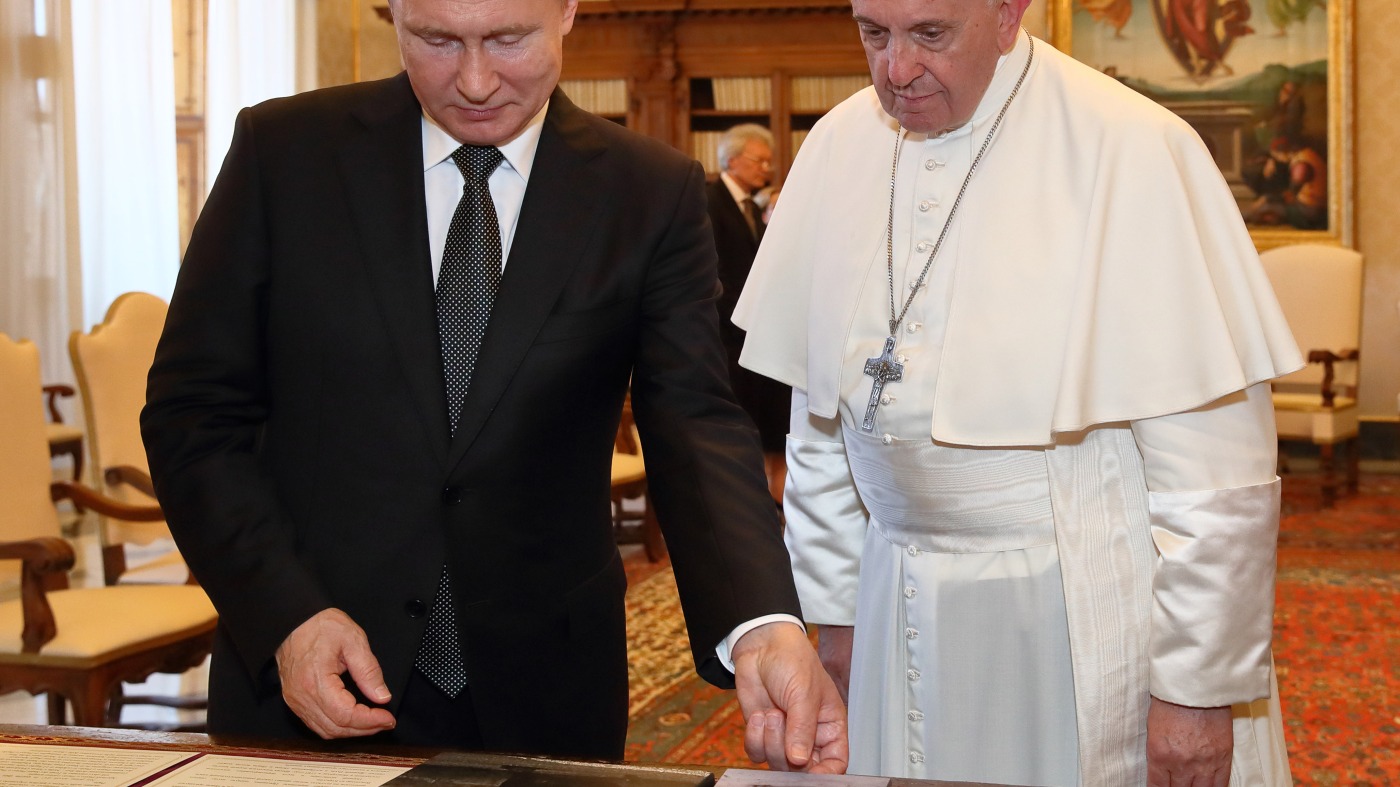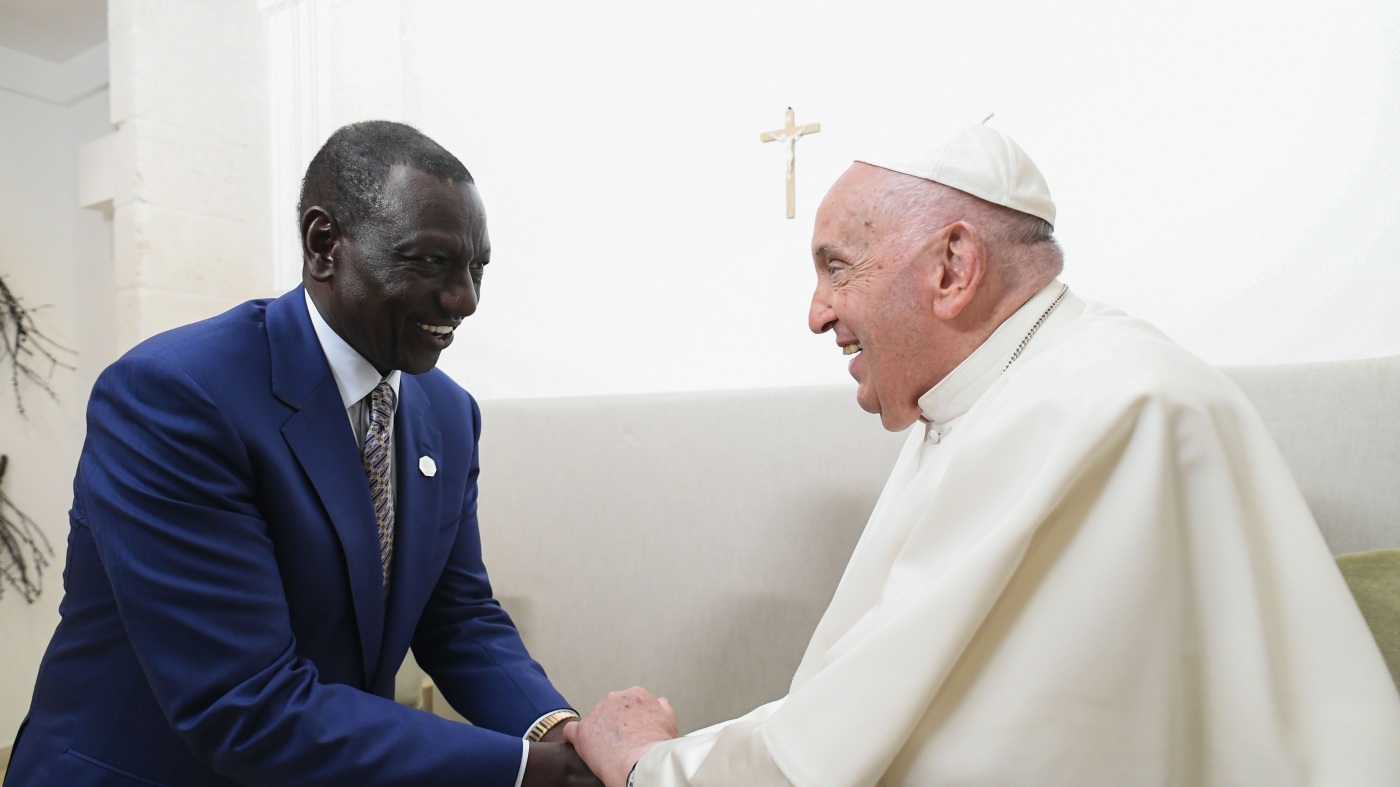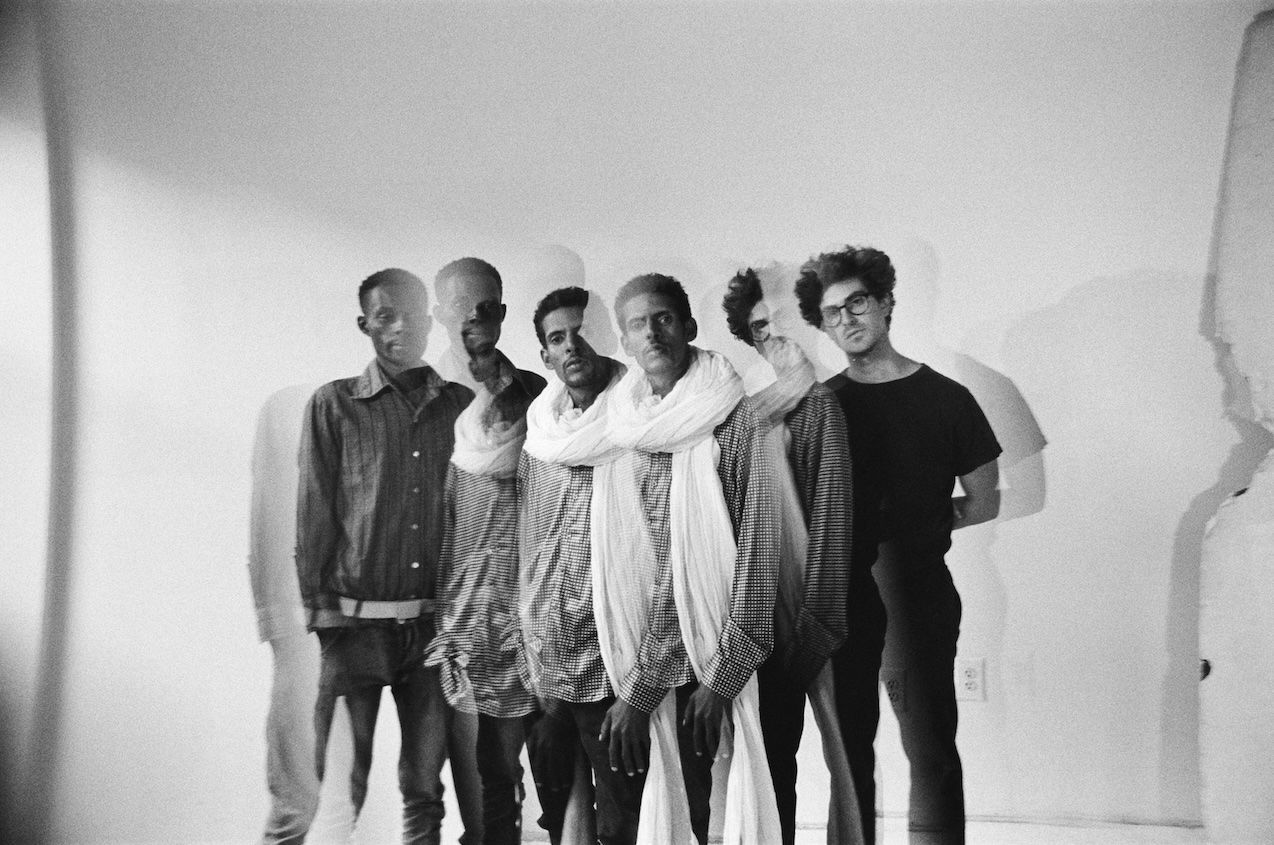Where McLaren's biggest F1 2025 strength is really coming from
McLaren's dominant start to F1 2025 has left rivals trying to understand just why it's so much better. But the "theories" behind it are starting to look a whole lot more conclusive
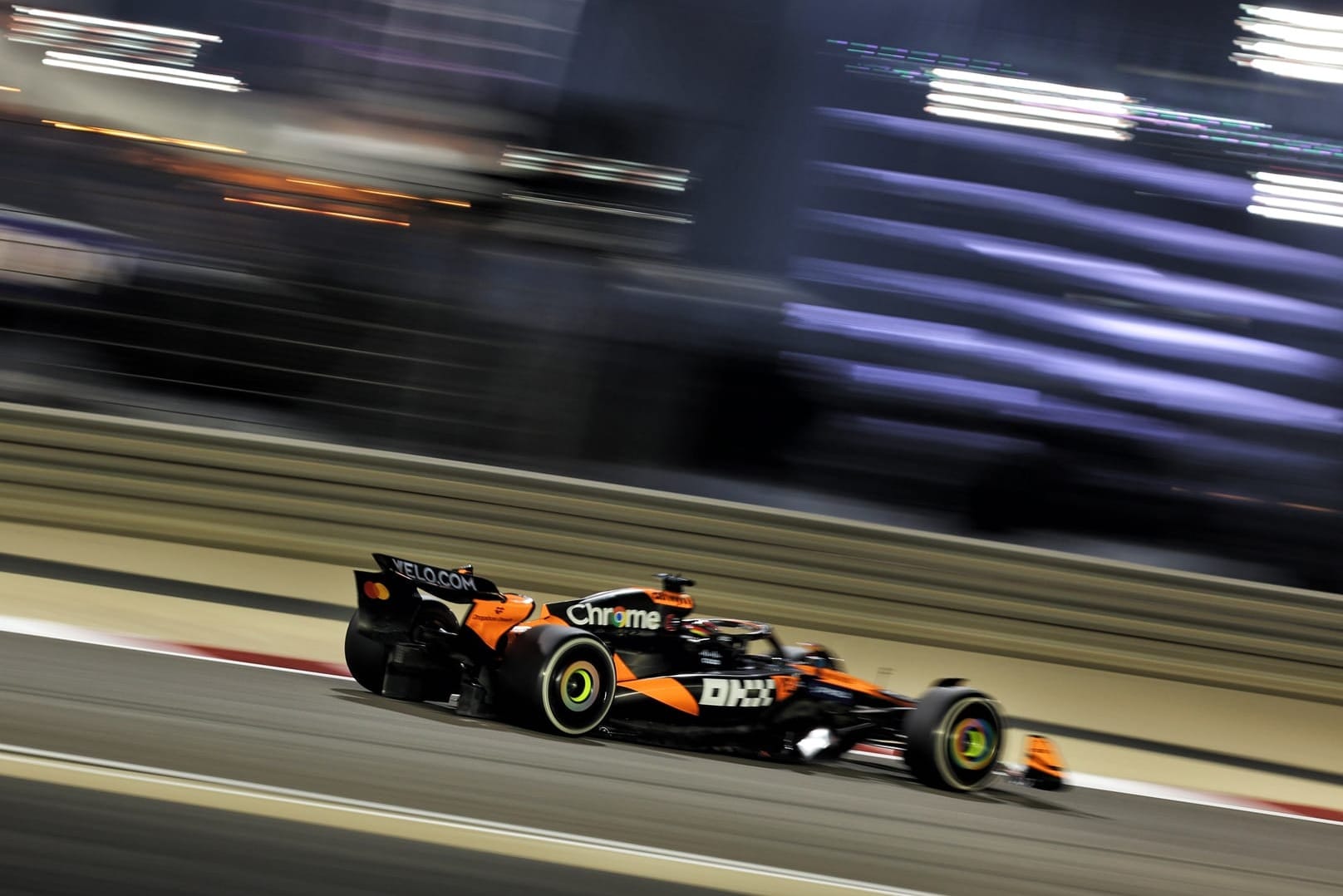

McLaren's dominant start to the Formula 1 season has inevitably left rivals trying to understand just why it is so much better.
There has been a lot of noise about flexi wings, about mini-DRS tricks, about anti-dive suspension gains and about tyre management ever since the MCL39 emerged as the benchmark 2025 car.
But a conclusive pattern had not emerged over the opening three races, as the clear tyre advantage McLaren had in Australia was not so obvious in China and it then got beaten by Max Verstappen in Japan. To steal a phrase that Carlos Sainz used earlier this year, "we obviously have theories rather than confirmations".
However, off the back of its third victory of the season in Bahrain, things now appear to be much clearer as the focus for all its rivals has shifted to one specific area of McLaren's performance: its rear tyres.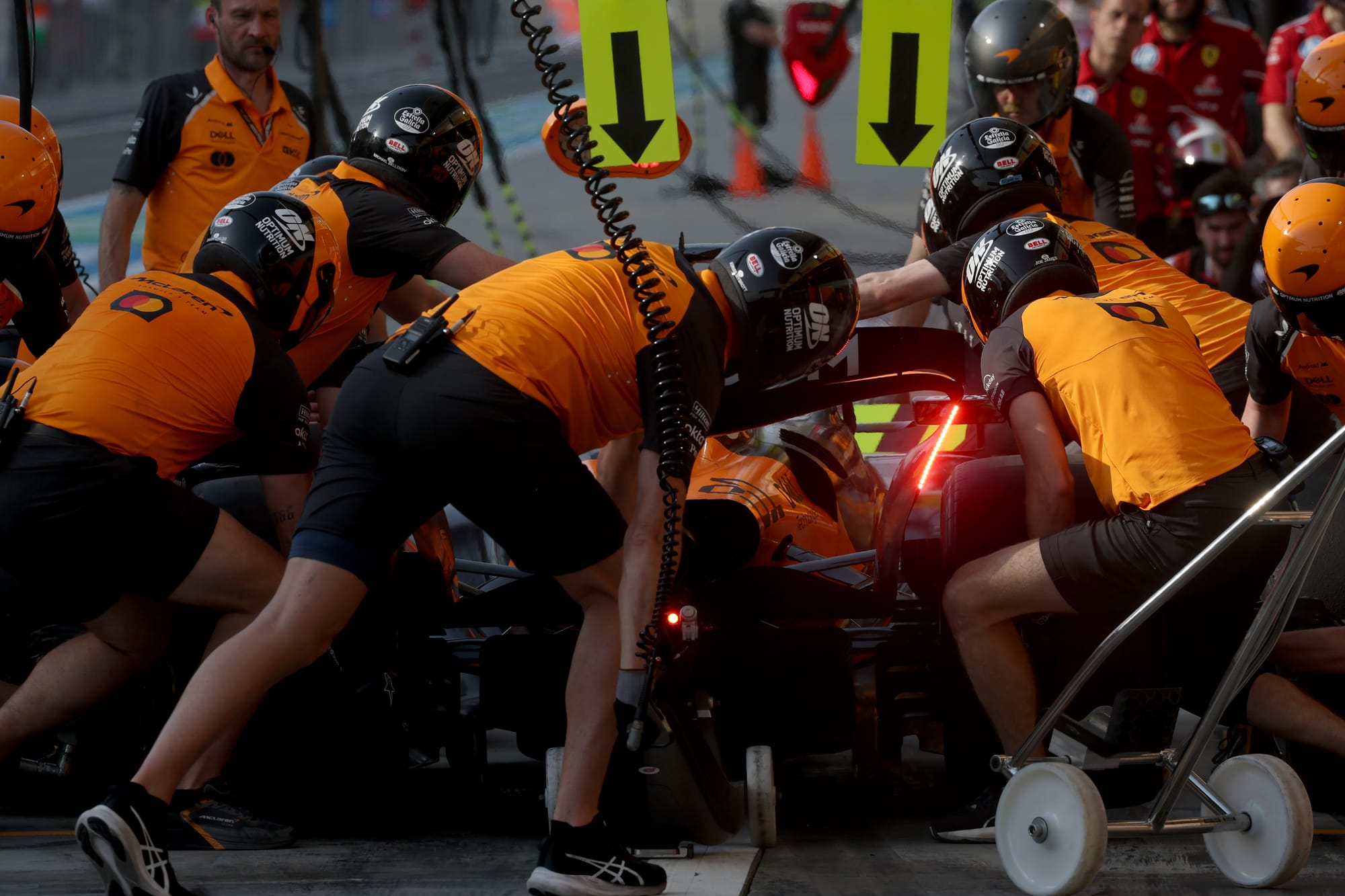
Forget aerodynamic aeroelasticity. What is helping Oscar Piastri and Lando Norris the most is an ability to keep their rear tyre temperatures in check.
As Mercedes technical director James Allen replied when asked about where he thought McLaren had the edge, he said: "I think that no one knows that. If we did, it'd be very easy to copy, wouldn't it?
"But I think you could take a reasonable stab at saying that their surface temperatures at the rear of the car are likely to be lower than the other teams because their advantage is found most when you're at a rear-limited track and where rear tyre temperatures are governing your pace.
"But it's never one thing, and they would have done a good job across the board."
A simple explanation?
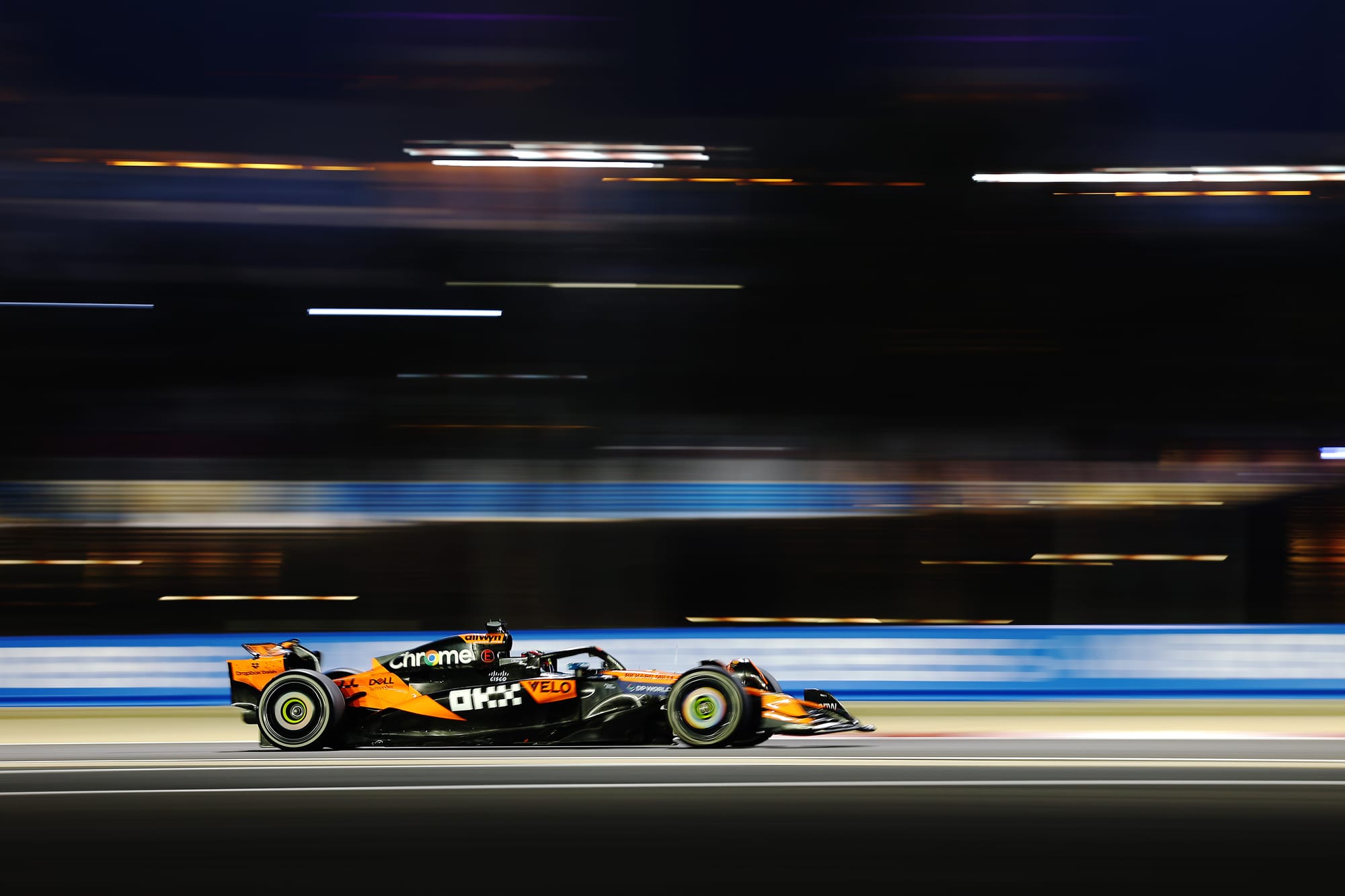
The scale of McLaren's advantage early on has inevitably triggered the first whispers of there potentially being some tricks at play.
Let's not forget that memories of the water-in-the-tyres false accusations from Brazil last year remain fresh.
However, the true explanation for what McLaren is doing may ultimately boil down to something far less exciting: more downforce and a well-tuned, well-balanced car.
And it is the way that McLaren's advantage has ebbed and flowed as track temperatures moved around that seems to have given us some proper clues about the dynamics at play here. (Although of course, this comes with a caveat about fuel loads and engine modes clouding the picture as these can account for timing fluctuations of a couple of tenths in practice sessions.)
Looking at Saturday in Bahrain, for example, the daytime track temperatures that were around 20°C hotter than evening qualifying exaggerated McLaren’s advantage.
Piastri ended up 0.8 seconds clear of the nearest non-McLaren, Charles Leclerc's Ferrari, in FP3, with George Russell 1.1s back.
Fast-forward a few hours into the cooler qualifying session, and those margins were cut to two tenths of a second.
McLaren team principal Andrea Stella reckoned the pattern shown in Bahrain highlighted the downforce strengths of his team's car.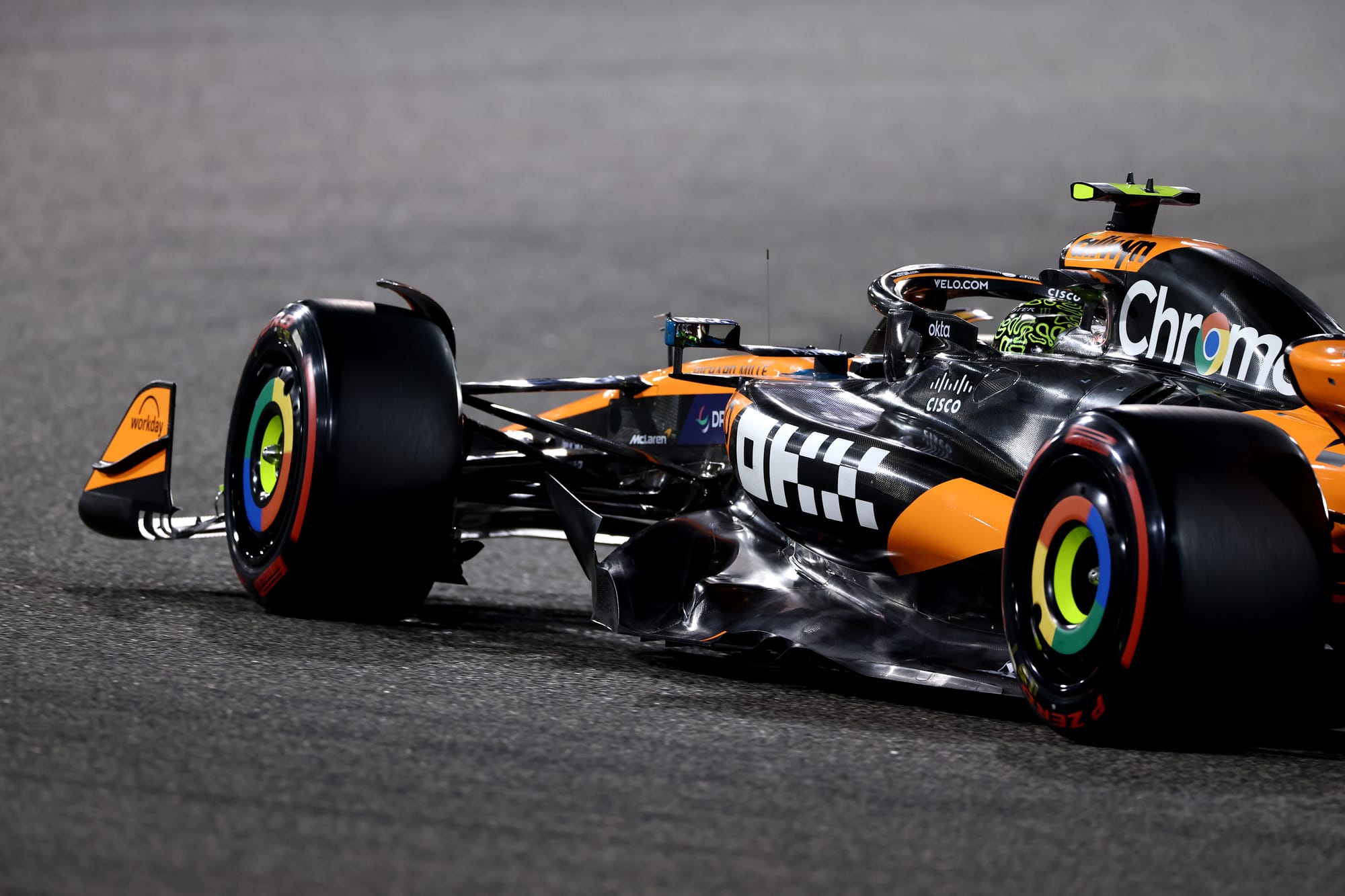
"What's interesting here is that, the more the track seems to be slippery, the more we seem to have an advantage," he said.
"Normally this is a good characteristic to have. It means that the car has a good level of underlying downforce - and the less grip you have on the Tarmac, the more this kind of downforce becomes important.
"When you then go towards cooler sessions, you get a bit more grip from the Tarmac, you get a bit more grip because the air is more dense, and therefore you have more downforce, and normally in these situations the gaps tend to close down.
"So potentially this is the kind of trend that we are observing here in Bahrain. I take this characteristic as a quality of our car."
But Stella did not think that his team's rear tyre management advantage is only about having more downforce than the opposition.
"I don't think this is only related to downforce," he said. "We made some technical investments in improving the design of the car in relation to the interaction with tyres.
"So I really want to pay credit to the technical group that worked around this area of car development because clearly they've done a good job."
Temperature monitoring

McLaren clearly works hard on understanding the thermal behaviour of its rear tyres - and it has retained the temperature sensor hole in its rear brake drums that triggered a mini controversy last year.
Utilising the hole to access a sensor during practice, the team seals it up with tape for the race.
It was also interesting that ahead of the Bahrain GP last weekend, McLaren was the only team to have kept its rear tyres off the car from the moment the cars arrived at their grid spot.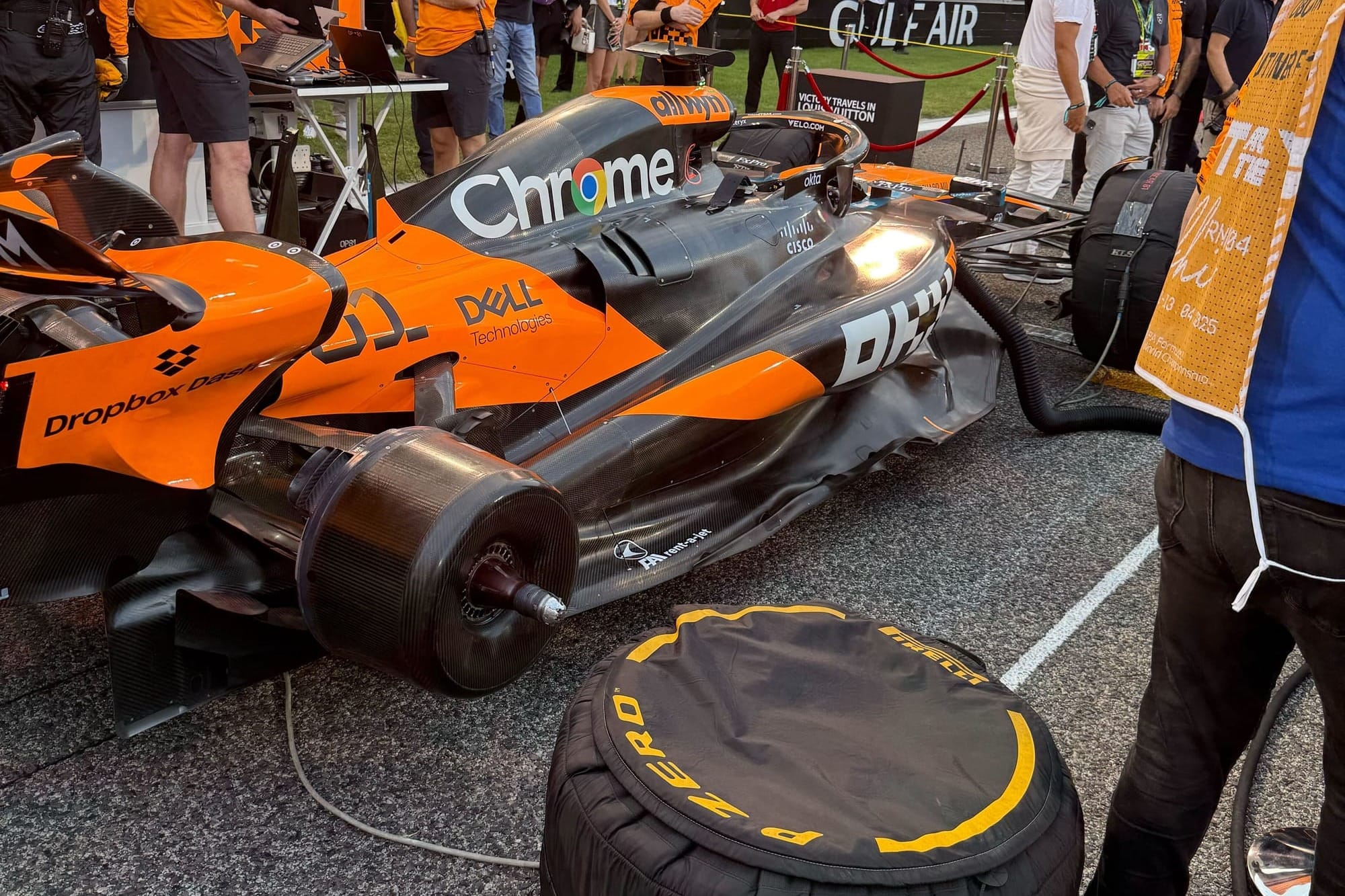
Whether that was just coincidence, is an irrelevance, or is a deliberate ploy to help with some form of temperature management of its rear brakes/hubs only the team will know.
But despite Bahrain's demands for extreme tyre temperature management playing to the McLaren's strength, it still thinks the advantage it has is not as big as some suggest.
Japan exposed that if the weather gets cooler or tyre temperature management is not so critical, then the door is open for others to get ahead.
Plus we have not had a scenario this season where tyre warm-up, sometimes a weakness in cars that are really good at keeping their rubber cool, has been a differentiator. That is something that could emerge at future venues.
For all the noise rivals are making about just how far ahead McLaren is, Stella remained cautious about the reality of its advantage.
"Hearing from our competitors, it looked like we have a completely different category which is not the case," he said after Bahrain.
"As long as we were on the same tyres, Russell was keeping the pressure on, and it wasn't like Oscar was managing very much. Oscar was trying to open a gap.
"Last year Verstappen, if you look at the race, he just opened 20 seconds, one second a lap basically, with less dominance and less good interaction with tyres.
"Our gap is nothing that makes us sleep very quietly in fairness."

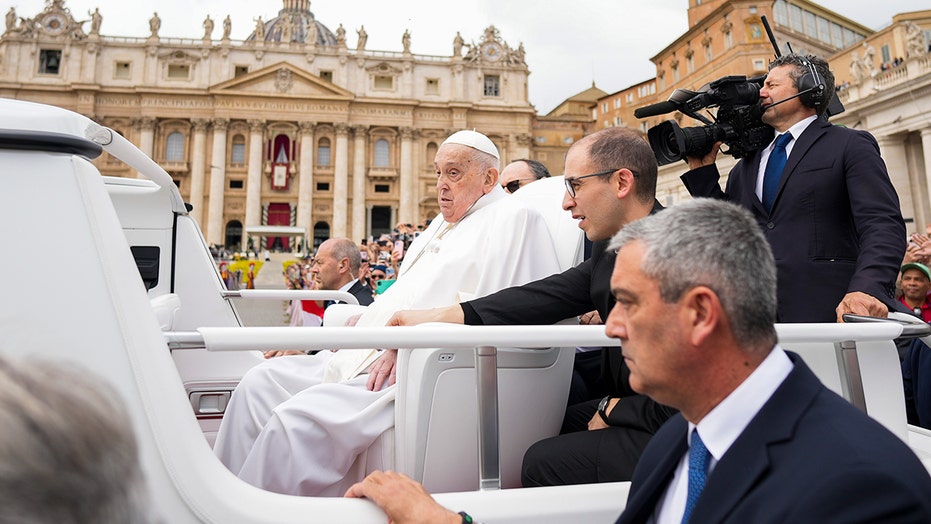




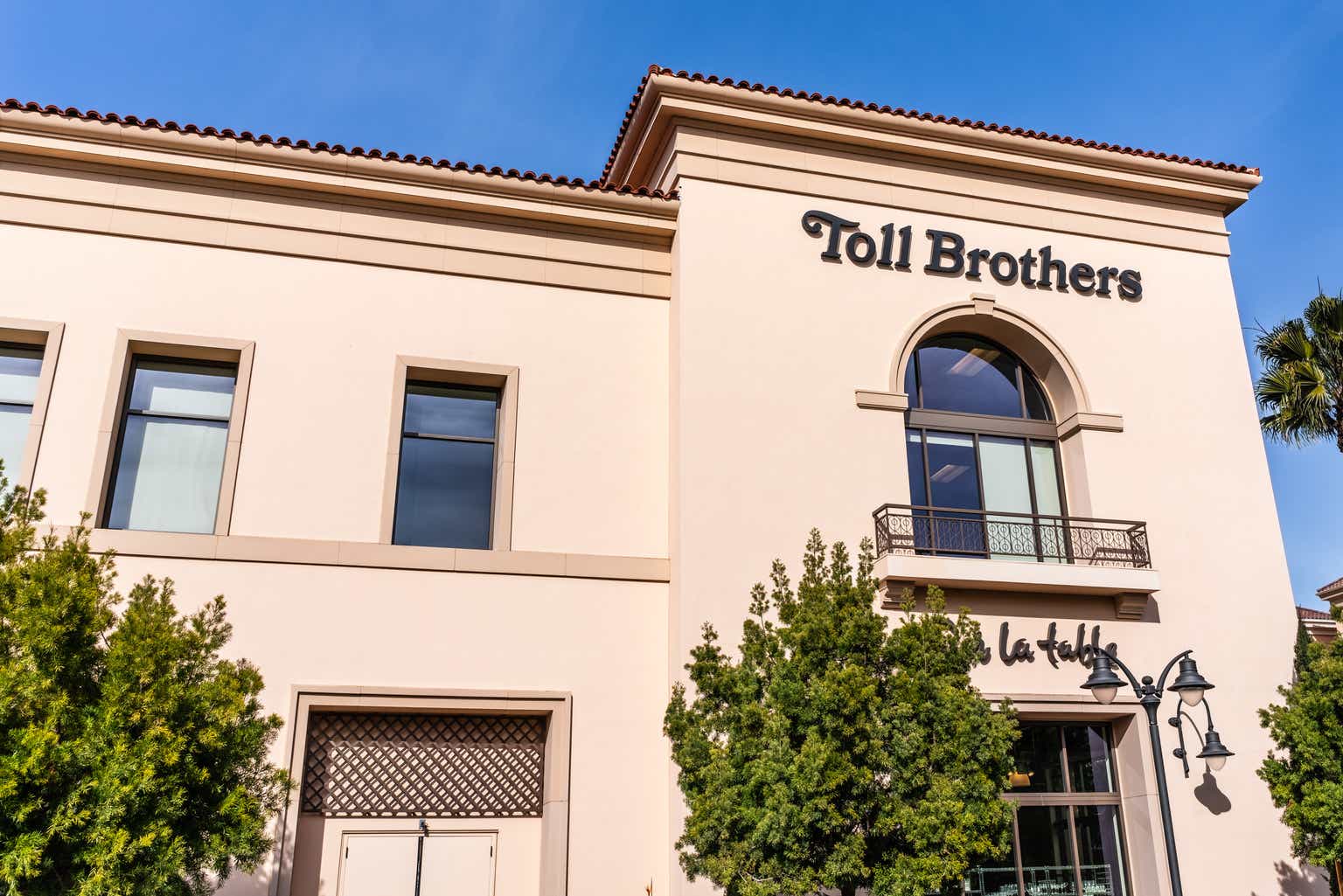


























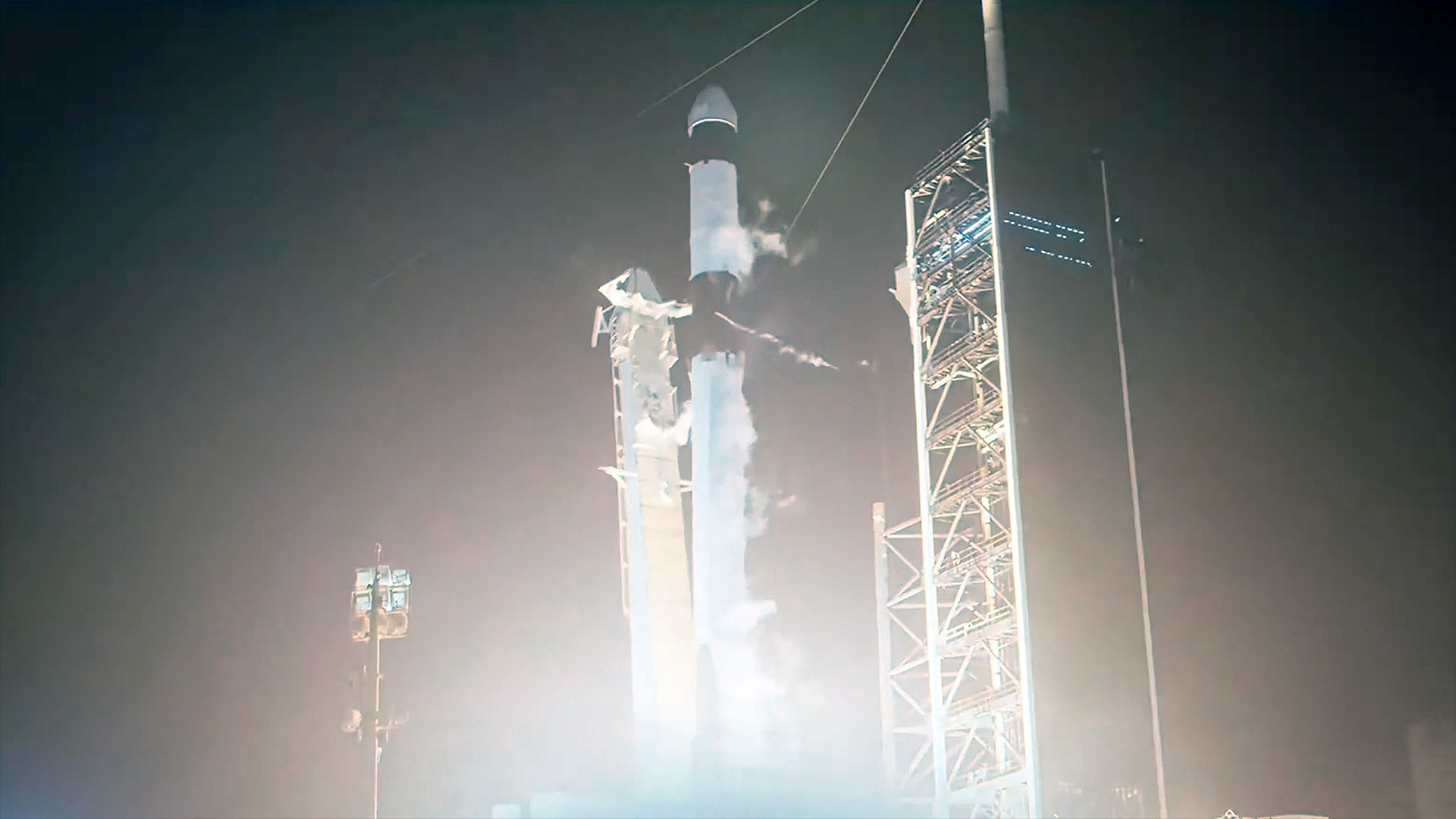


/https://tf-cmsv2-smithsonianmag-media.s3.amazonaws.com/filer_public/5d/76/5d76dc0a-1d19-402e-9d40-f2dc84932838/smithmag-deepsealifenorway-v2_web.jpg?#)

